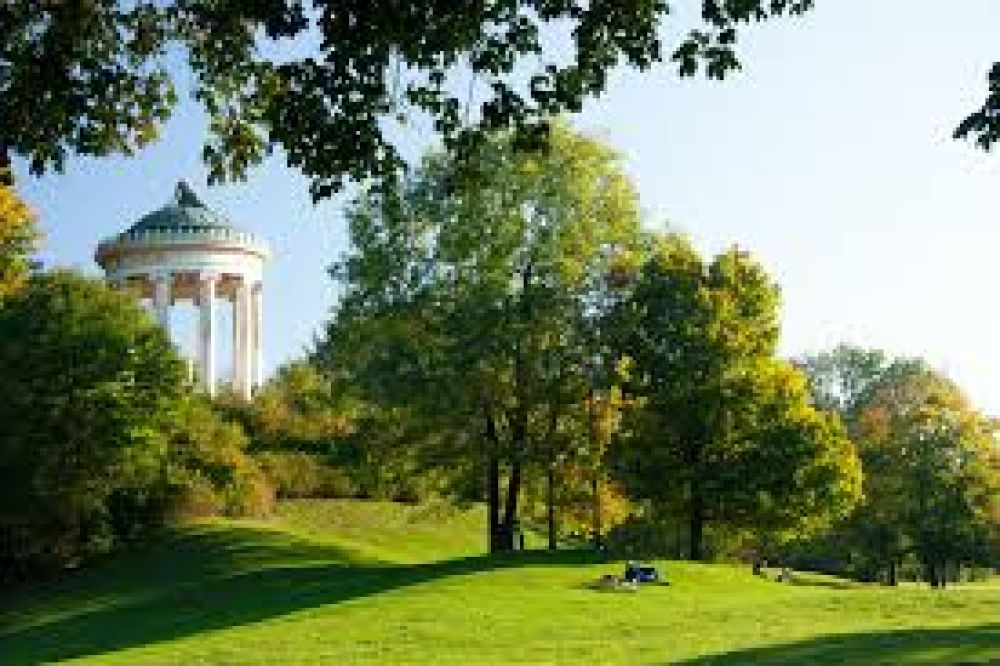

The English Garden, known as Englischer Garten in German, stands as one of the most picturesque and expansive public parks in Europe, located in the heart of Munich, Germany. It was created in the late 18th century and spans an impressive area of about 375 hectares, offering a serene retreat from city life.
The park was commissioned by Archduke and Elector Karl Theodor and designed by British physicist Sir Benjamin Thompson, later Count Rumford, in 1789. Its construction marks one of the earliest instances of a European public park that was not attached to a palace, breaking new ground in urban planning. Unlike the structured French gardens of the time, its design was inspired by the more naturalistic style of English gardens, hence its name.
Tourism in the English Garden has burgeoned since the 19th century, with visitors drawn to its pastoral landscapes and cultural offerings. From leisurely strolls and picnics to more organized events such as open-air concerts and theatre performances, the park has always been a major attraction.
In the 20th century, the park became a sanctuary for both locals and tourists seeking peace amidst global unrest. Post-World War II, the English Garden played a critical role in Munich's regeneration, re-establishing itself as a focal point for communal gatherings and recreational activities.
In contemporary times, the park has adapted to the evolving demands of the global tourist. Some of the latest trends in its tourism include:
The administration of the English Garden ensures that while tourism thrives, sustainability and ecological preservation remain paramount. They adopt measures to maintain the health of the park's landscapes and waterways, thereby ensuring that this historical site can be enjoyed by future generations.
The Englischer Garten has come a long way since its inception, evolving into a treasured landmark for both Munich residents and international tourists alike. Its blend of rich history, scenic charm, and recreational variety continues to endear it to all who wander its verdant paths.
Please note: While visiting the English Garden, it is important to respect the natural environment and adhere to park rules to protect this historical urban oasis.